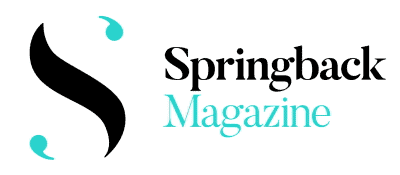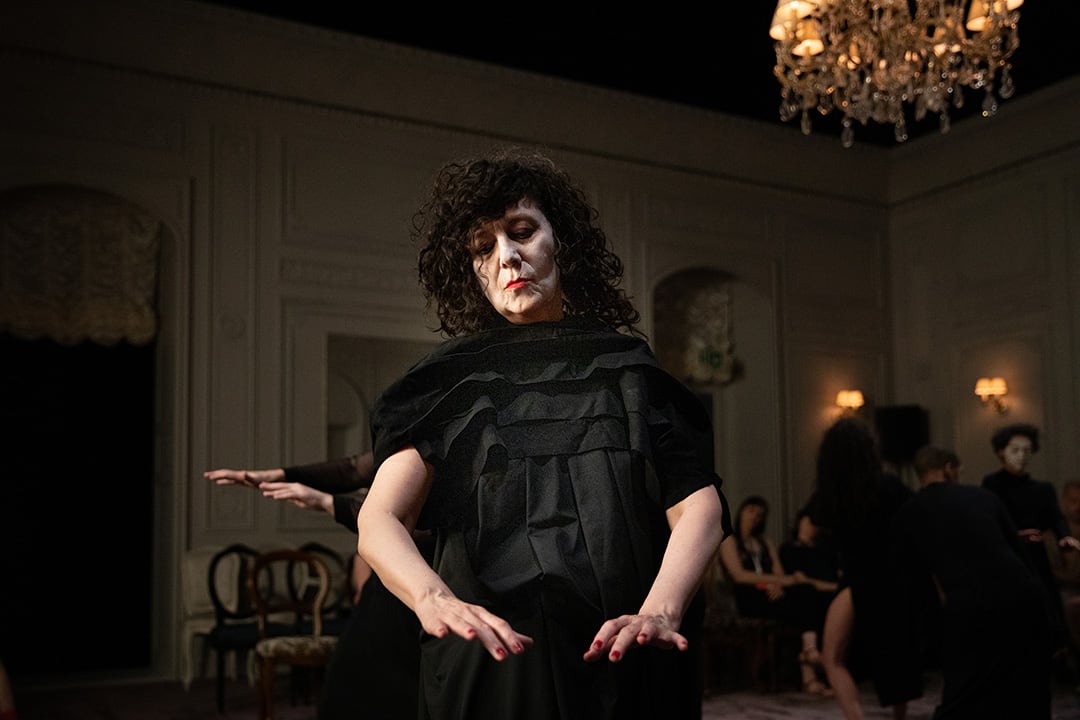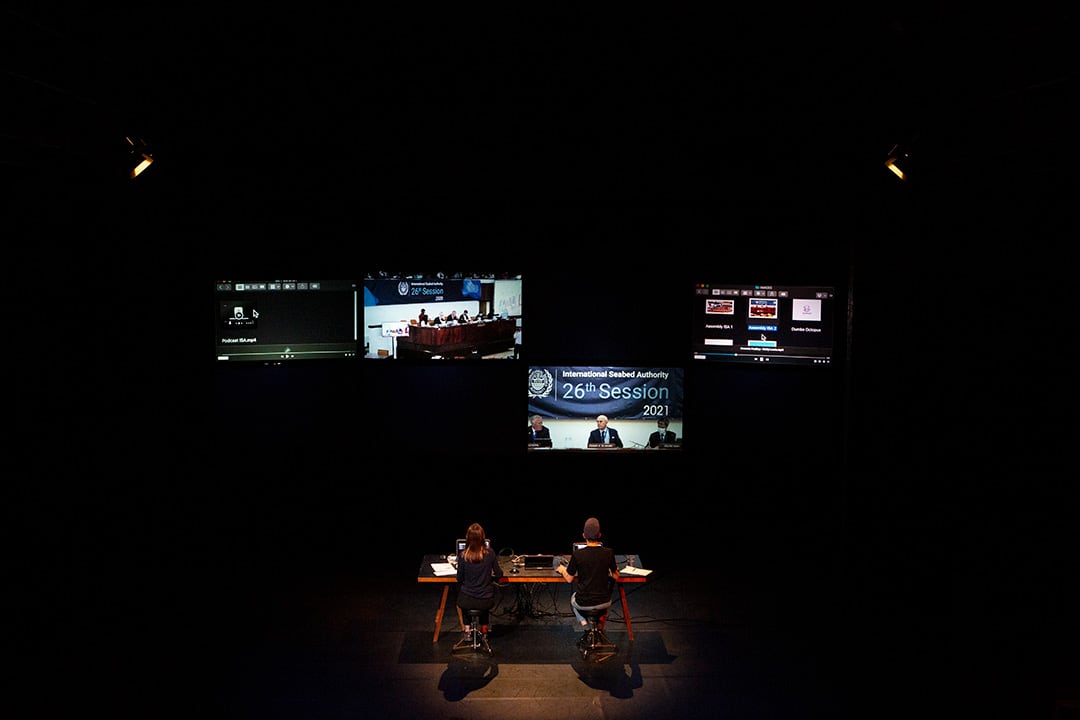For some years now I have been interested in how artistic form responds to the complex realities we’re living in – how can it outwit them, and expose them with critical distance. Naturally, this was a lens through which I watched the dance programming of Kunstenfestivaldesarts in Brussels. I was following how artists intervene in the form, how they twist and turn it, how they challenge assumptions and stereotypes, how they continue traditions with both respect and subversion.
Often a formal approach includes a recontextualisation and reconsideration of styles and techniques from different times and places, their appropriation or emancipation, the reclaiming of practices and identities in a rich and often confusing mix of cultures and influences that the city of Brussels so well represents. During the intensive days of the festival, I found myself asking the same question repeatedly: what makes a work of live art contemporary?
Here I focus on three major works from the festival, exploring how their approach to form responds to current pressing global issues, political, social and ecological.
Mal – Embriaguez Divina Marlene Monteiro Freitas
In Mal (literally ‘evil’), Marlene Monteiro Freitas creates a philosophical movement fable that addresses the structures of power and how humans are shaped by them. The soldier, the judge, and the king – the figures where state power concentrates – keep reappearing in different parts of the performance. Employing the vocabulary of dance, visual and object theatre, and rehearsed to perfection, with strong contributions from dancers, and little space to leave the carnivalesque form, the world Mal creates is a dark (and fun) wonderland. It unfolds as a nightmare which cannot be interrupted.
The work may be physically tiring but the characters on stage aren’t really fleshy. They function like categories, like the cards from Alice in Wonderland, like chessboard figures, like dolls and puppets, and the grimaces on their faces often resemble masks. Carnival literally means ‘goodbye to meat’ (it was a moment before fasting), and it was a ‘time outside of time’, a medieval dream-like festivity where social norms were temporarily suspended, and the prince and pauper could switch places. Through the political forms of the march, the manifestation and the testimony, Mal explores how reality can turn into a grotesque nightmare, a whirlpool of rearranging power dynamics and positions.
Following its premiere at Théâtre Varia, a social media post compared the piece to The Green Table by Kurt Jooss – a work similarly mixing its contemporary political reality (the inter-war period) with the medieval imagery of danse macabre. Mal is long and overwhelming, insisting on its aesthetic decisions, and in a way it looks like it wants to be a totalising work that captures l’esprit de l’époque. However, I wonder: do universalising narratives work today in a time of fragmented social and political realities? Though it’s true we are all under the power of conservative politics and global capital, their effects in different contexts differ widely.
Yet the political turbulences reverberating throughout the globe, driven by the irrational impulses of power struggle, are captured brilliantly in a sequence where the nine performers are sitting amphitheatrically on desks three by three, making paper cities rise and fall in a frenetic trance. The sequence resonates strongly, as our geopolitical architecture is simultaneously unravelling.










